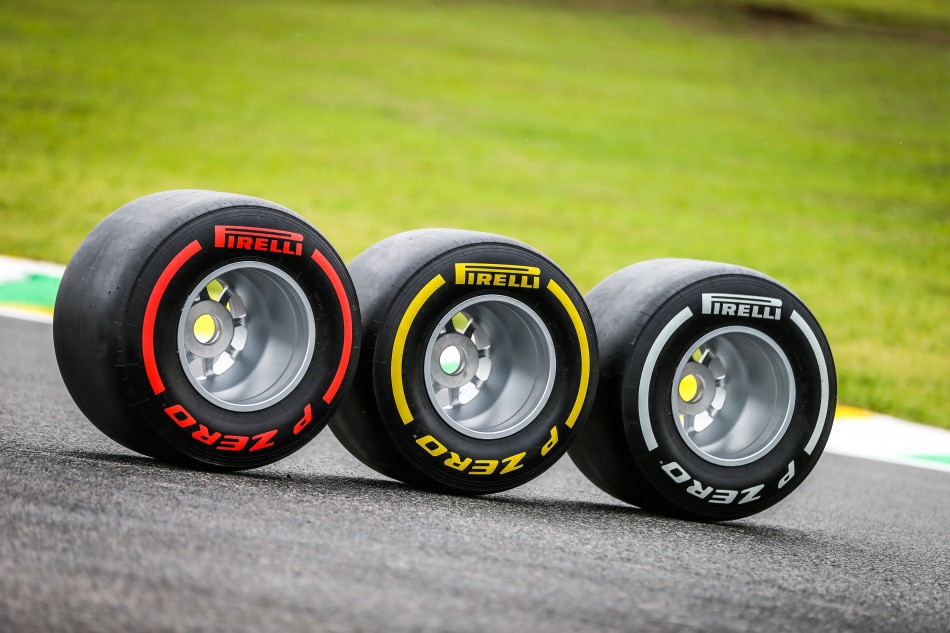Formula One is one of the most technologically advanced and physically demanding sports in the world, and the evolution of tires has played a critical role in the sport’s development. Tires are an essential component of any racing car and play a vital role in determining its performance and handling characteristics. In this article, we will explore the evolution of Formula One tires and how they have impacted the sport over the years.
In the early years of Formula One, tire technology was relatively primitive, with cars using cross-ply tires. These tires were made from fabric cords that were layered at 90-degree angles to each other, creating a strong but inflexible structure. The cross-ply tires provided good grip but were susceptible to overheating and could be damaged easily, leading to frequent punctures and blowouts.
GET ONE MONTH FREE AND LEARN HOW TO BUILD YOUR OWN WEBSITE HERE
In the 1970s, radial tires were introduced to Formula One. Radial tires have cords that run parallel to the wheel’s axis, making them more flexible and resistant to overheating. The radial tires also provided better grip, improved handling, and were more durable than cross-ply tires.
The 1980s saw the introduction of slick tires, which were completely devoid of any tread patterns. Slick tires offered even greater grip, but they were more susceptible to aquaplaning in wet conditions. To counter this, tire manufacturers developed intermediate and full-wet tires, which had tread patterns that allowed for better water evacuation and provided better grip in wet conditions.
In the 1990s, tire technology continued to evolve, with tire manufacturers developing tires with multi-compound constructions. Multi-compound tires have different rubber compounds in different parts of the tire, providing improved grip and durability.
The 2000s saw the introduction of tire warmers, which were used to heat the tires to a specific temperature before the race. Tire warmers helped to improve the grip and performance of the tires, making them an essential component of any Formula One team’s equipment.
In recent years, tire technology has continued to evolve, with tire manufacturers developing tires with even more advanced constructions and compounds. These tires have improved grip and durability, making them better suited to the demands of modern Formula One racing.
The evolution of Formula One tires has been a critical component of the sport’s development. Tires have changed dramatically over the years, becoming more advanced and more capable of meeting the demands of modern racing. From cross-ply tires to multi-compound slicks, tires have played a key role in shaping the sport and influencing the way Formula One cars perform on the track. Today, tires remain a critical component of any Formula One car, and their evolution continues to shape the sport and push the boundaries of performance and technology.Regenerate response





